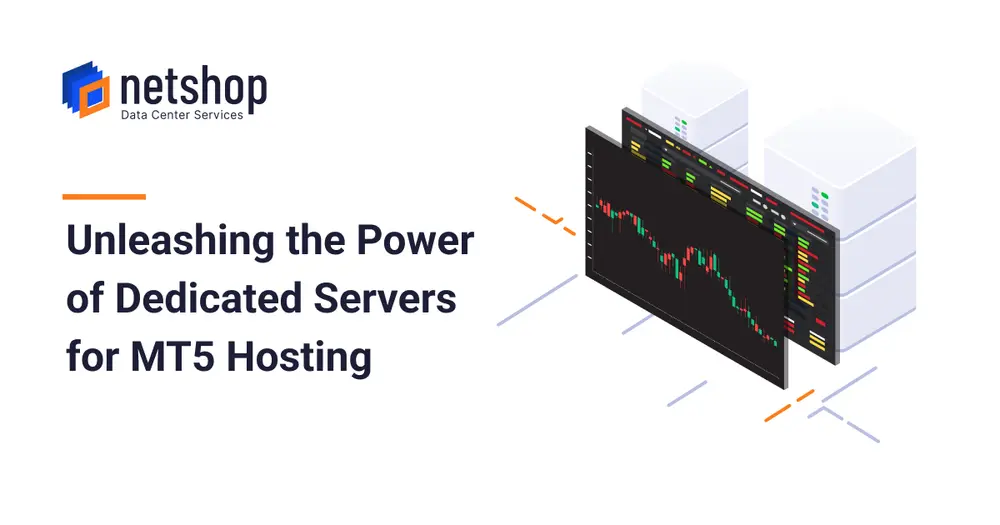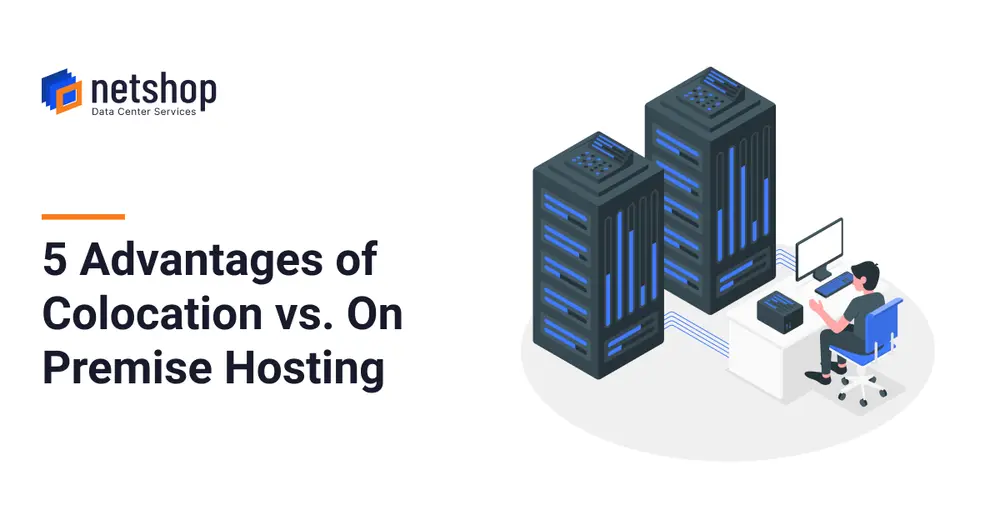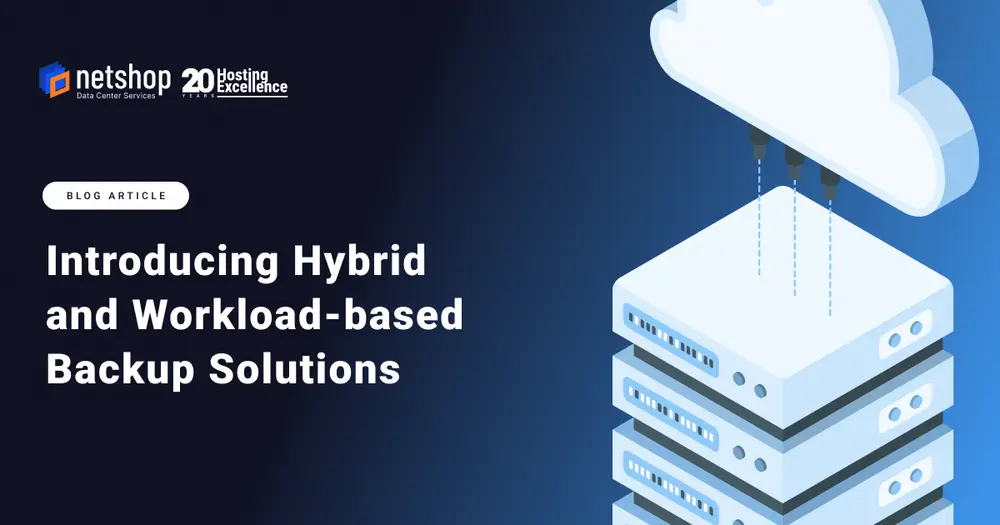In data protection, recognizing when a data loss event is a minor blip versus a major catastrophe adds tremendous value to your business – determining the action taken and the impact to their bottom line. Sometimes accessing a secure backup is sufficient. Other times critical data must be instantaneously recovered. Since time is money, knowing which technique to use in a given circumstance is critical and separates superior service providers apart from the competition.
Here are four steps needed to determine whether your business model requires backup or disaster recovery services:
1. Understand the Basics about Data Protection Tools
Cloud backup – Protects critical data off-site so business files, applications and systems are safe
and accessible – and can always be restored. View Cloud backup plans.
Cloud disaster recovery – Recovers critical data quickly and remotely whenever any serious outage risks a company’s reputation and bottom line.
Disaster recovery as a service (DRaaS) – Delivers instant recovery services by running systems in an off-site data center. Businesses can operate remotely while normal processes are restored. Use-cases include local data loss due to human error, software and hardware failures, malware attacks, and natural disasters.
2. Evaluate critical data needs and pain points
While businesses need thorough, complete backup of all data (e.g. mobile, laptops, servers), disaster recovery is focused on data and systems that businesses need to stay in business. This may be the online cashier system for a retailer. For a firm or hospital, client/patient records may be most essential. Identifying what data matters most will help you and your customers understand the cost of downtime and plan recovery accordingly.
3. Get your Calculator out
Budget reports provide needed information to evaluate costs like infrastructure expenses (from staff to IT hardware) as well as revenuegenerating channels. Companies need to run the numbers to establish the basic requirements they have to keep running. This information clarifies two key pieces of information: the
Recovery Time Objective (RTO) and the Recovery Point Objective (RPO).
RTO – The absolute maximum amount of time a business can be down after a failure or disaster occurs to avoid unacceptable consequences.
RPO – Determines how often backups must be made in order to recover an acceptable quality of data within the RTO.
4. Exercise Judment to Plan Recovery
The financial cost of downtime becomes self evident, but these numbers still need to be weighed against the risk of intangible losses, like reputation damage. For example, for an online retailer that’s built its brand on efficient customer service, any downtime can be disastrous. A landscaping business can likely tolerate more downtime before it affects customers, so the restore priorities would be different. Knowing your customer’s specific requirements means you can establish a plan that brings back the heart of their operation first, and so forth. Businesses must spend more to recover quickly, so prioritizing your data protection needs along with the establishment of your Budget from Step 3, is crucial to the execution of a successful Disaster Recovery and Backup Protection plan.
Talk with one of our Business Continuity Specialists today for a Free Consultation. Additionally, you may review our Acronis Backup Plans and Sign up instantly.





















